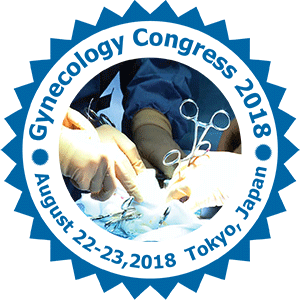
Arndt van Ophoven
Professor
Title: A prospective explorative study regarding efficacy and safety of bilateral pudendal neuromodulation for women with stress urinary incontinence.
Biography
Biography: Arndt van Ophoven
Abstract
Background: Stress urinary incontinence (SUI) occurs in both males, however predominantly in females. The etiology of female SUI is multifaceted and multifactorial (post delivery, aging pelvic floor etc.). After conservative management, e.g. pelvic floor education, has failed surgical implantation of slings or artificial sphincters is currently offered to the refractory patient. To the best of our knowledge we present for the first time the results of a proof of concept case series regarding bilateral pudendal neuromodulation (PNM) for refractory SUI.
Material & Methods: Between June 2015 and June 2016 15 women presenting with SUI of various grades received a bilateral pudendal neuromodulation following STAR technique for implantation of the quadripolar electrodes. Patients rated their treatment satisfaction during a four weeks testing interval comparing bilateral versus a switching unilateral stimulation. Changes in amount of incontinence episodes (IE), amount of pad usage (PU), frequency and micturition volume (MV) were compared with baseline at 2 and 4 weeks following implantation. Additionally, patients were asked to grade the extend of their symptom decrease using a Global Response Assessment questionnaire (GRA).
Results: Mean age of all 7 patients was 58.8 +/- 12.06 years. Mean symptom duration at time of implant was 7.6 +/- 10.8 years. All 7 females had previously undergone pelvic surgery for treatment of SUI (sling implantation and explantation, Burch procedure). At week 4 IE dropped statistically significant from 11.0 to 3.6 (p=0.002) and PU from 9.3 to 3.6 respectively (p=0.002). MV increased statistically significant from 175.3ml to 284.0ml and 298.7 ml at week 2 and 4 respectively (all p=0.005). Daytime frequency decreased statistically significant from 11.6 voids to 7.0 (p=0.010) and nocturia from 2.5 voids to 1.0 voids at week 4 respectively (p=0.003). GRA reflected patients’ subjective general amelioration of 60% at week 2 and of 70% at week 4. IPG implantation rate was 73%, all responders asked for a bilateral stimulation to gain maximum symptom decrease and received 2 IPG implants. No SAEs were noted.

